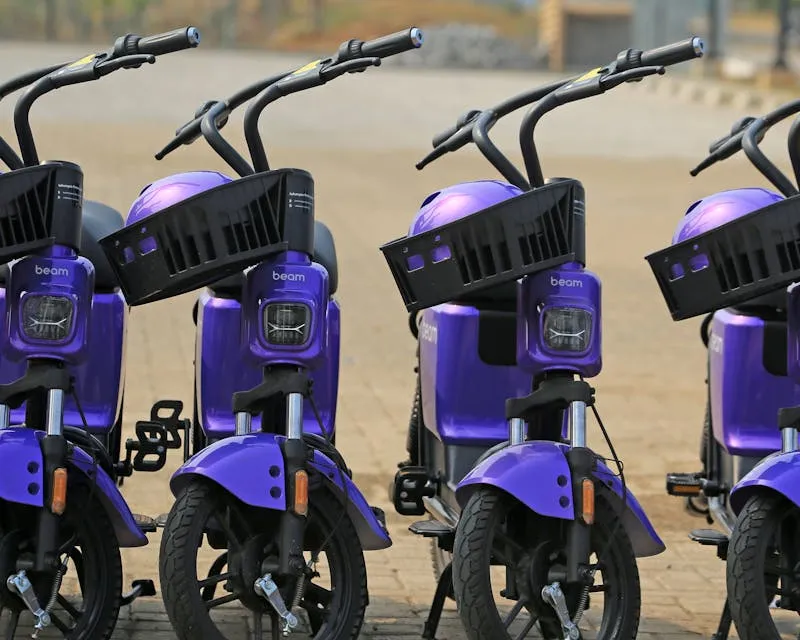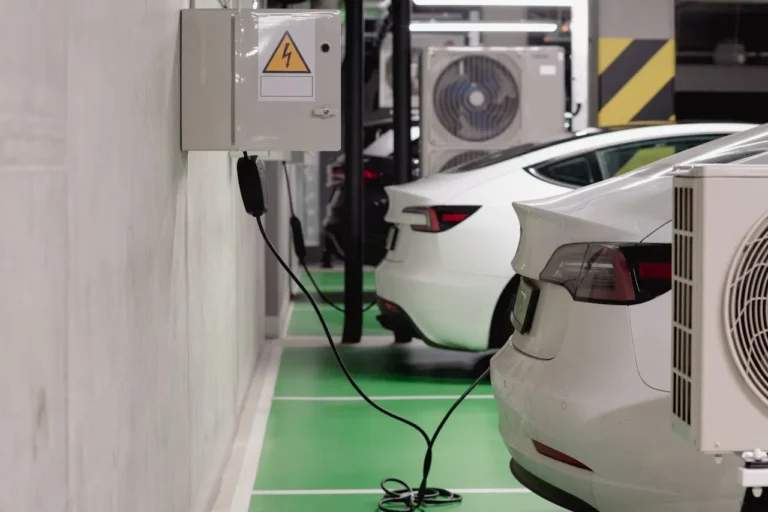
Measuring a car manufacturer’s carbon footprint involves assessing the total greenhouse gas (GHG) emissions generated by its entire set of operations, both upstream and downstream. This includes the stages of a vehicle’s life cycle: from the procurement of parts and materials to the manufacturing process, through to the vehicle’s usage on the road, and finally, its end-of-life management. A comprehensive carbon footprint analysis for a company like Renault Group encapsulates all these phases, adding up the emissions produced at each stage.
The transport sector is a major contributor to global greenhouse gas emissions, accounting for nearly 25% of the world’s total emissions, according to the International Energy Agency (IEA). Of these, road transport makes up more than two-thirds, and private vehicles are responsible for over half of that. This underscores the importance of the energy transition within the automotive industry, where the shift to low-carbon mobility plays a pivotal role for carmakers like Renault Group.
Leveraging Electrification to Reduce Emissions
The largest share of a carmaker’s carbon footprint is tied to the use phase of its vehicles—the type of fuel used and the total distance driven. For Renault Group, the use phase currently contributes to about 80% of its carbon footprint, making it the primary area of focus for emissions reduction. The solution to this challenge? Electrifying the vehicle range. Electric vehicles (EVs) are an effective way to mitigate emissions since they do not produce CO₂ emissions at the tailpipe. When considered across the entire lifecycle—from raw materials to disposal—electric vehicles also demonstrate a significantly lower carbon footprint than their internal combustion engine (ICE) counterparts. In Europe, EVs generate up to three times fewer GHG emissions than traditional vehicles.
This shift to electrification is a central component of Renault’s climate strategy, and it has already led to substantial reductions. Between 2010 and 2023, Renault Group managed to cut its carbon footprint by 28%. With around ten electric vehicle models available, the company is on track to meet its target of reducing GHG emissions from vehicle use by 35% by 2030.
In addition to fully electric models, Renault Group is also advancing the development of low-emission combustion engines through hybrid technologies. For instance, models like the Renault Austral, New Renault Espace, and Dacia’s Jogger and Duster incorporate E-Tech hybrid technology, which reduces fuel consumption by up to 40% compared to traditional combustion engines.
Eco-Design and Material Innovation
Another key lever in reducing carbon emissions is the carbon footprint of materials used in vehicle production. This factor accounts for over 11% of Renault’s total emissions. In the case of electric vehicles, materials—especially the battery—represent a larger share of the carbon footprint, often as high as 40-50%. As a result, minimizing the carbon intensity of these materials is essential. To achieve this, Renault Group has focused on using recycled materials and bio-sourced alternatives such as hemp.
The Renault Scenic E-Tech Electric, for example, uses up to 25% recycled materials sourced from circular loops, including textiles, aluminum, glass, and plastic. Similarly, the Mobilize Duo urban vehicle, in both its passenger and cargo versions, integrates 44% recycled materials into its structure.
In addition to using more sustainable materials, Renault has prioritized sourcing these materials closer to its production facilities. Since 2021, the company has partnered with Vulcan in Germany for low-carbon lithium and Terrafame in Finland for low-carbon nickel sulfate—both of which are essential components of electric vehicle batteries. These partnerships are a part of Renault’s broader goal to reduce the carbon footprint of materials in vehicle design by 30% by 2030.
Energy Efficiency and Renewable Energy in Manufacturing
Although the vehicle production phase contributes less to the overall carbon footprint than vehicle use or materials, it still requires substantial attention in Renault’s decarbonization roadmap. The company has focused on two main areas: enhancing energy efficiency in its factories and shifting to renewable energy sources.
Renault’s goal is to reduce CO2 emissions from all its industrial, tertiary, logistics, and distribution sites by 80% between 2019 and 2030. A key aspect of this effort is improving energy efficiency, particularly by optimizing factory layouts to minimize energy consumption in heating and lighting. Additionally, the company aims to transition to low-carbon energy sources across all its industrial sites.
Nicolas Estèbe, Renault Group’s Director of Decarbonization and Energy Efficiency for Industry, emphasized that energy management is a top priority for the company. Each site is tasked with developing a tailored roadmap to address its specific challenges and opportunities for emissions reduction.
Renault’s climate strategy also targets emissions from logistics and transportation. The approach here is multi-faceted, including optimizing truck loads, minimizing travel distances, and utilizing decarbonized transportation modes, such as biofuels or biogas. The company is also working to increase the proportion of goods transported by rail and sea, further reducing its logistics-related carbon footprint.
Conclusion
Renault Group’s comprehensive approach to reducing its carbon footprint spans across vehicle electrification, material innovation, energy efficiency, and sustainable manufacturing practices. By targeting key stages of the vehicle life cycle—from design and production to use and disposal—the company is advancing its goal of a more sustainable future. As the automotive industry continues to evolve, Renault’s efforts represent a clear example of how carmakers can contribute to the global push for low-carbon mobility and reduced environmental impact.






